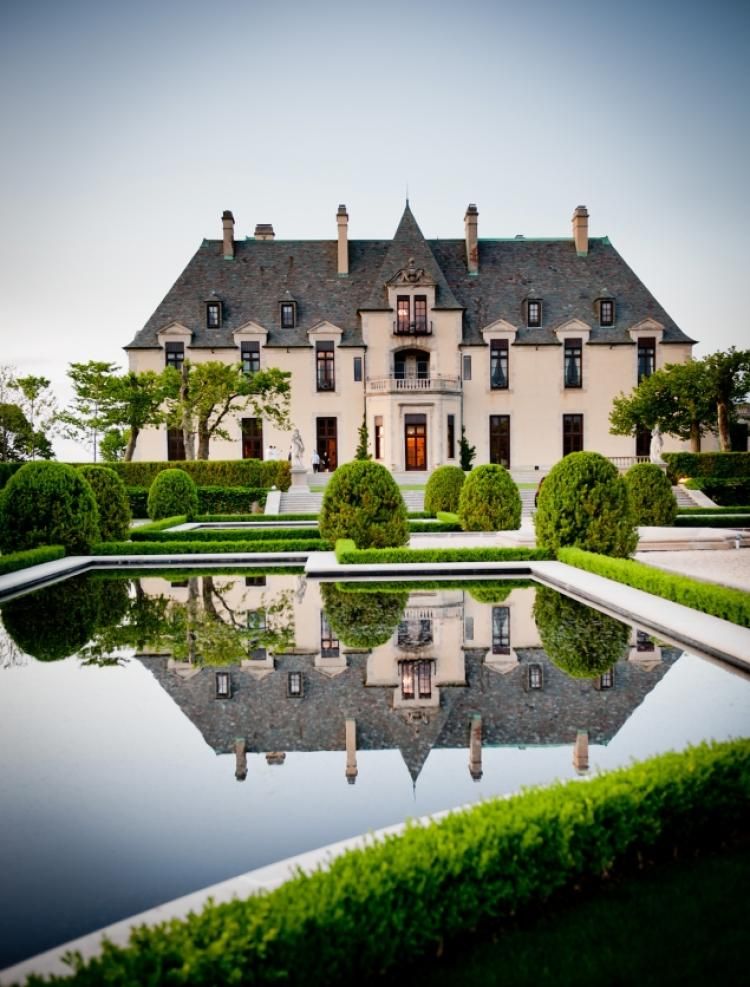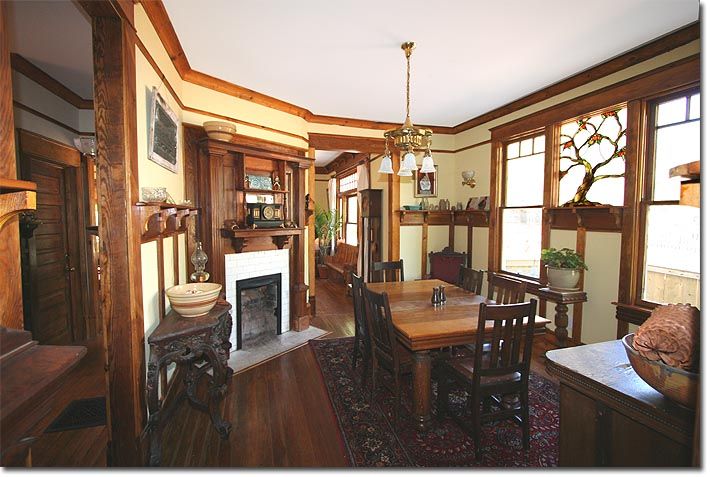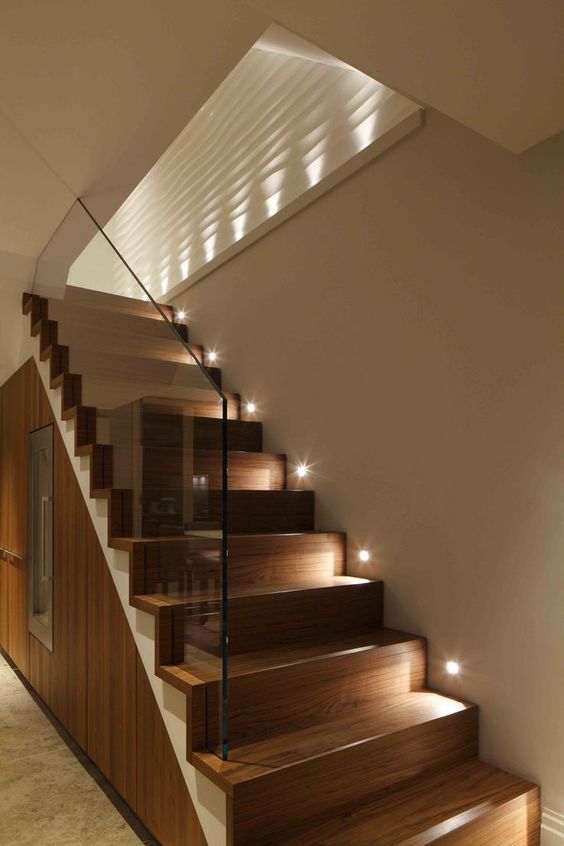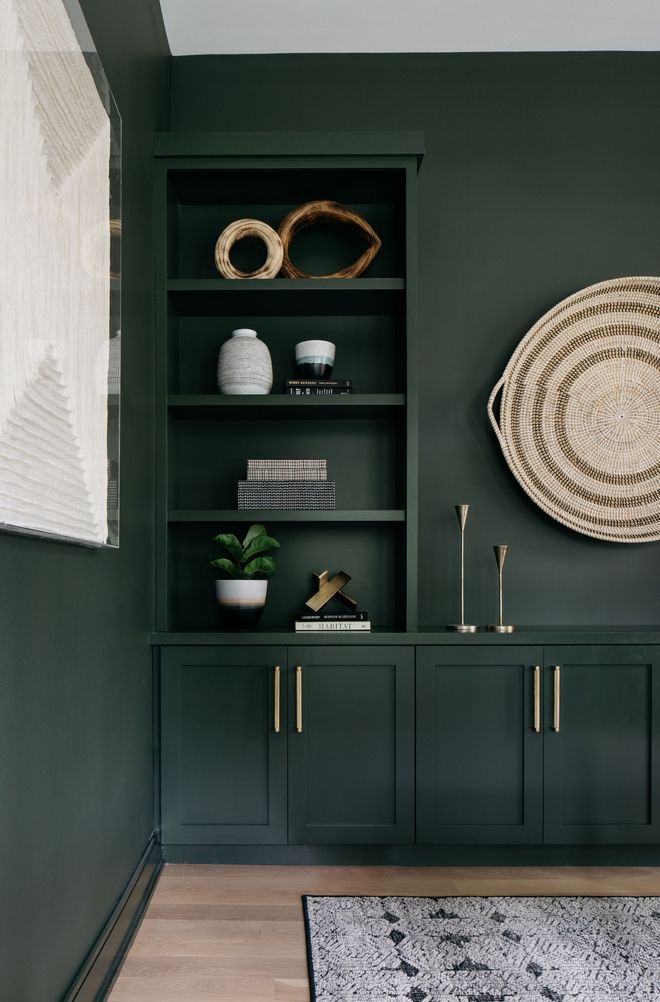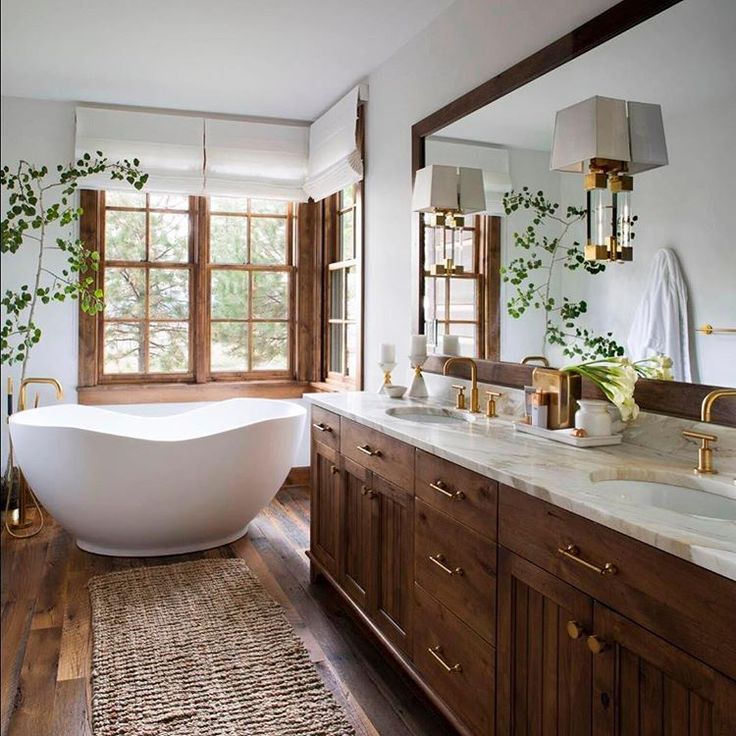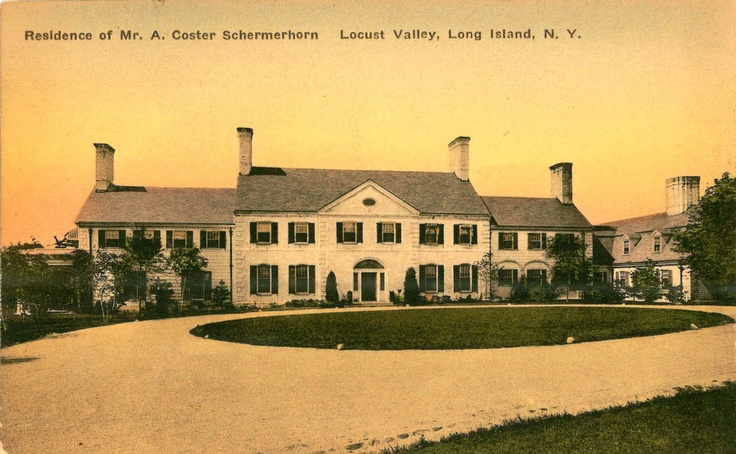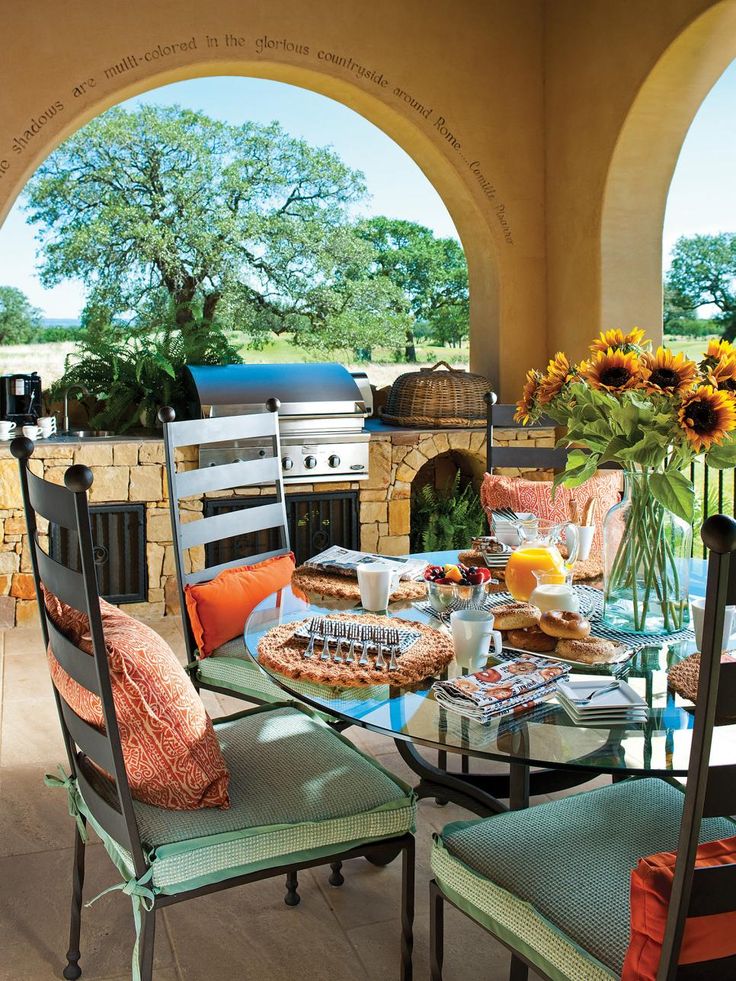The gatsby house long island
See the Estate that Inspired It
81 shares
If you’ve ever envied the lavish lifestyle of Jay Gatsby, F. Scott Fitzgerald’s character in the classic 1925 novel, then you might want to pay a visit to Long Island’s North Shore.
This glamorous enclave is home to some of the most breathtaking properties in all of New York, and it served as inspiration for Fitzgerald’s fictional towns of West Egg and East Egg in The Great Gatsby.
The Gold Coast, as some call this area, is lined with extravagant estates, each one more impressive than the next, but one particular home tickled director Baz Luhrmann’s fancy when he was working on the 2013 Hollywood adaptation of the classic movie.
He used a 1928-built estate in Kings Point to serve as the inspiration for Jay Gatsby’s house in his blockbuster movie which starred Leonardo DiCaprio, Carey Mulligan, and Tobey Maguire.
Baz Luhrmann’s take on Gatsby’s story
The 2013 movie, now often called a modern classic (despite seeing mediocre reviews when it was first released), had a fairly unique take on an all-familiar tale; in Baz Luhrmann’s version, the director used technology, music, and sheer, raw spectacle to translate the exuberant spirit of the Jazz Age to an audience raised on Jay-Z.
The 1928-built estate in Kings Point was crucial to bringing Luhrmann’s vision for the movie to life, inspiring the grandiose residence — and highlighting the immoderate lifestyle — of the title character.
The 14,551-square-foot colonial-style mansion sits on a massive 7.7-acre lot, and features 13 bedrooms and 35 bathrooms. It also incorporates two separate guest homes that come with an indoor pool, as well as a bowling alley, a shooting range, and even a casino.
The Kings Point estate that inspired the 2013 movie – courtesy of Coldwell Banker via Town & CountryThe main house is the epitome of Jazz Age luxury, featuring multiple wine cellars and tasting rooms, a hair salon, a ballroom, fitness and yoga studios, tennis and racquetball courts, Turkish baths, and several indoor and outdoor swimming pools.
More on-screen homes
- The Fresh Prince of Bel-Air house
- Jackson Maine’s house in A Star is Born
- The iconic Home Alone house
One of them even has a slide and a swim-up bar, perfect for hosting lavish summer parties, Gatsby style.
Leonardo DiCaprio as Jay Gatsby – via IMDBThe massive outdoor space also includes Japanese-style gardens and Koi ponds, as well as a private dock and views of the Manhattan skyline. The property also incorporates a two-level car garage that can accommodate up to nine vehicles.
According to Apartment Therapy, the estate was previously owned by Russian billionaire Tamir Sapir, who passed away in 2014.
The property was then listed for sale in 2015, with a hefty price tag of $100 million, but there were no takers; it was listed again in 2017 for ‘just’ $85 million, but there’s no word on the grapevine as to whether it’s managed to find a buyer.
The dock overlooking NYC – courtesy of Coldwell Banker via Town & CountryInterestingly enough, the house only served as a starting point for the set designers working on the 2013 movie.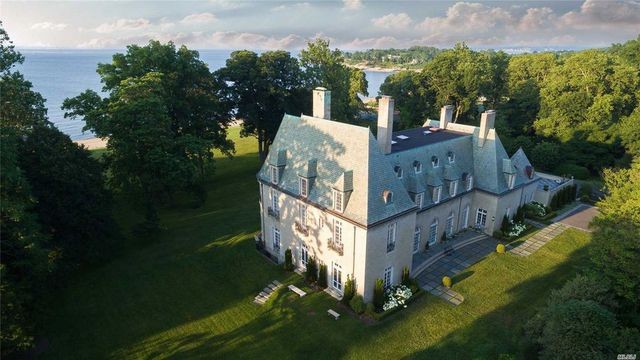
Exterior shots were actually filmed at the former St. Patrick’s Seminary in Sydney, Australia, while the interiors were shot on film sets created from scratch to meet the director’s vision.
Scene from The Great Gatsby (2013) – via IMDBF. Scott Fitzgerald’s inspiration for Gatsby’s house
The Kings Point estate is just one of several properties on Long Island that allegedly also inspired F. Scott Fitzgerald while writing The Great Gatsby.
The writer and his wife Zelda moved to Great Neck in 1922, where he started working on his eponymous novel, writing by day and partying with New York’s socialites and celebrities by night.
Eventually, the Fitzgeralds moved to France, where he wrote the remaining chapters of The Great Gatsby.
The Kings Point estate at night – courtesy of Coldwell Banker via Town & CountryThe years that Fitzgerald spent in Great Neck inspired him greatly while working on his novel. Even though he didn’t live in a palatial mansion like Jay Gatsby’s, he attended numerous parties on the Gold Coast, and got to know some of the houses that lined it.
Even though he didn’t live in a palatial mansion like Jay Gatsby’s, he attended numerous parties on the Gold Coast, and got to know some of the houses that lined it.
In the novel, East Egg is the fictional version of Cow Neck, while West Egg would be Great Neck. Gatsby’s estate spreads across roughly 40 acres, which seems like a lot, however, properties on the Gold Coast often feature hundreds of acres and are even more lavish.
Among the North Shore properties that reportedly inspired Fitzgerald’s work were Oheka Castle, Harbor Hill, Winfield Hall (the Woolworth Mansion in Glen Cove), and Beacon Towers.
Some of these properties were well beyond even Jay Gatsby’s means – Oheka Castle, for example, sits on a 443-acre lot, features 127 rooms and 109,000 square feet of living space, and is the second-largest private home in the U.S.
Oheka Castle on Long Island – via Historic HotelsSo, even though you’d be inclined to think Jay Gatsby’s house was the peak of luxury, it actually seems quite modest when compared to the real-life homes on Long Island. Sorry, Jay.
Sorry, Jay.
More ultra-luxurious homes on TV
All the Extravagant Houses in ‘Crazy Rich Asians’ — and Where to Find Them in Real Life
The Beverly House, also known as The Godfather and The Bodyguard House
Richie Rich’s House is Actually the Biltmore Estate, America’s Largest Home
Greystone Mansion: the Most Familiar House You’ve Never Visited
81 shares
Inside a $55 Million Compound on Long Island’s Gold Coast – Robb Report
Photo: Morgan Rothblat/Daniel Gale Sotheby’s International Realty
It could have come straight off the pages of F. Scott Fitzgerald’s masterpiece The Great Gatsby. Now listed for $55 million, this Roaring Twenties compound on New York’s fabled Long Island Gold Coast has everything the dapper namesake of that story could ever desire.
Built in 1928, the eight-acre, three-home estate known as Three Bridges overlooks Long Island Sound and features 18 bedrooms and 32 bathrooms in an astonishing 60,000 square feet of interior space.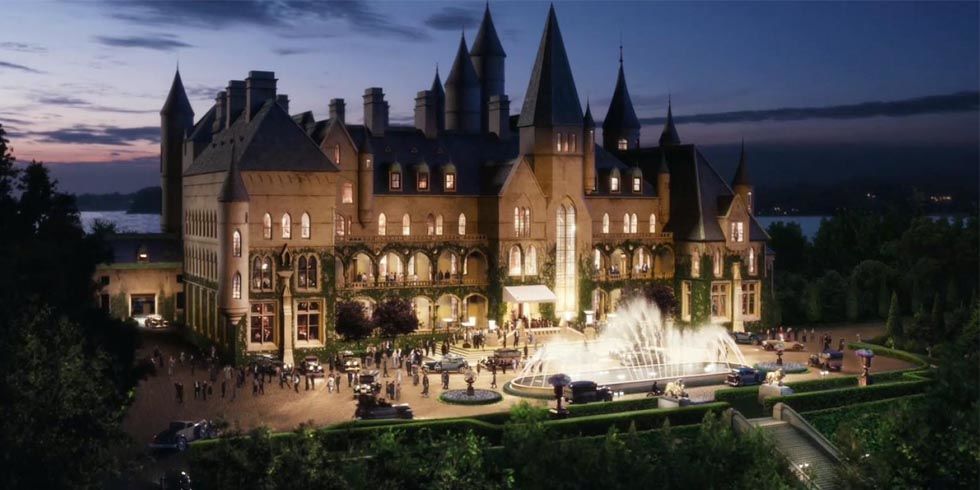 Among the maize of rooms, you’ll find a lavish ballroom, a dining room lined in purple lapis with an ornate colored-glass ceiling, and dazzling living spaces.
Among the maize of rooms, you’ll find a lavish ballroom, a dining room lined in purple lapis with an ornate colored-glass ceiling, and dazzling living spaces.
The home is replete with marble and other flourishes. Photo: Morgan Rothblat/Daniel Gale Sotheby’s International Realty
The place is clearly made for a life of leisure: There’s a full-size tennis court, marble-lined screening room, two-lane bowling alley, hair salon, wine vault, indoor racquetball court, casino room and even a shooting range. Kids, meanwhile, can have the run of a two-story, Greek temple-style dollhouse that’s as big as many Manhattan apartments. For lazy days sailing on the Sound, the estate comes with its own private dock big enough to park a 200-foot superyacht. A huge outdoor swimming pool juts majestically out into the water and has its own water slide and colorful marble floor.
There’s a full-size tennis court, an indoor racquetball court and more. Photo: Josh Goetz/Daniel Gale Sotheby’s International Realty
Gatsby would no doubt relish impressing guests with the property’s dramatic, illuminated fountains and statues, which are said to have been inspired by those at the Peterhof Grand Palace in St.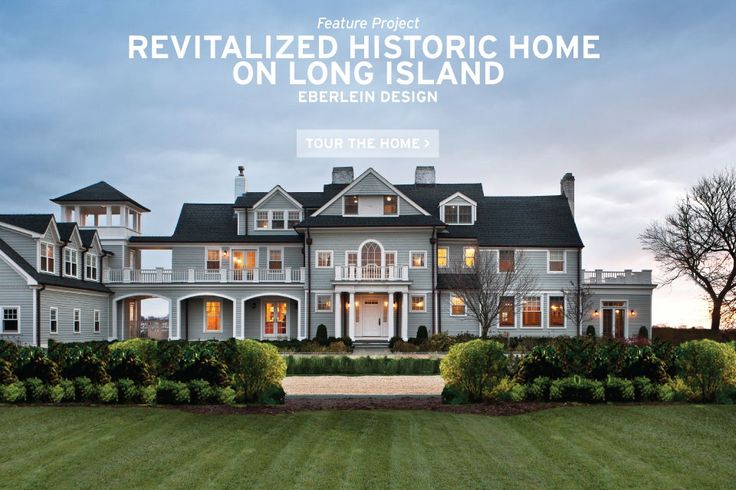 Petersburg. This Russian touch most likely came from the estate’s most famous owner, the Russian-born former New York cab driver turned billionaire, Tamir Sapir. Mr. Sapir, who died in 2014, made his fortune in New York real estate during the 1990s. He once owned the magnificent Beaux-Art-style Duke-Semans Mansion on Fifth Avenue, selling it to Mexican telecom billionaire Carlos Slim in 2010 for $40 million.
Petersburg. This Russian touch most likely came from the estate’s most famous owner, the Russian-born former New York cab driver turned billionaire, Tamir Sapir. Mr. Sapir, who died in 2014, made his fortune in New York real estate during the 1990s. He once owned the magnificent Beaux-Art-style Duke-Semans Mansion on Fifth Avenue, selling it to Mexican telecom billionaire Carlos Slim in 2010 for $40 million.
The screening room. Photo: Morgan Rothblat/Daniel Gale Sotheby’s International Realty
What’s a little confusing to real estate watchers is that Three Bridges sold back in 2013, a year before Mr. Sapir’s death, for what seems like a fire-sale $15.85 million. Especially as, just a year later, the buyer–whose identity is shielded by an LLC and who apparently never moved in to the home–re-listed the property after some restoration work for an unthinkable $100 million. Since then, with no takers, the price has steadily come down—to $85 million in 2019, and $70 million more recently. After being withdrawn from the market, it has now been re-listed with broker Jason Friedman, of Daniel Gale Sotheby’s International Realty, for a more attractive $55 million.
After being withdrawn from the market, it has now been re-listed with broker Jason Friedman, of Daniel Gale Sotheby’s International Realty, for a more attractive $55 million.
“This is truly a one-of-a-kind property that, we’re told, would today cost between $200 million and $250 million to recreate. It is so rare to find a true compound containing three separate mansions in their own right, and in such an iconic location,” Friedman tells Robb Report.
The dining room. Photo: Josh Goetz/Daniel Gale Sotheby’s International Realty
Gates off Pond Lane—a short stroll from the Great Neck home where Scott and Zelda Fitzgerald actually lived in the 1920s—open on to dramatic, twin parallel driveways that lead up to the home’s spectacular entry, with its pair of gold-encrusted doors. Halfway along the driveway are two turreted guest “cottages”, while close to the main house is a two-story garage big enough to accommodate nine cars. As the Three Bridges name suggests, the main house boasts commanding views across Long Island Sound to the Throgs Neck, Bronx-Whitestone and Robert F. Kennedy Bridges, with the unmistakable Manhattan skyline off in the distance.
Kennedy Bridges, with the unmistakable Manhattan skyline off in the distance.
The views showcase three iconic bridges. Photo: Morgan Rothblat/Daniel Gale Sotheby’s International Realty
Without doubt one of the main house’s most polarizing, and over-the-top, aspects is its generous use of ornate marble, together with onyx, lapis, agate and malachite stone. The basement level spa, for example, features mind-numbingly-intricate inlays of tropical fish, giraffes and rhinos, along with colorful, complex mosaic walls and floors.
Word has it that the home’s striking interiors provided the inspiration for director Baz Luhrmann when he was working on his 2013 adaption of The Great Gatsby, starring Leonardo DiCaprio. Seems the movie’s set designers used interior photography of Three Bridges as the starting point to create interior film sets.
As for holding your own Gatsby-themed parties at this sprawling mansion? Surely worth every cent of the $55 million.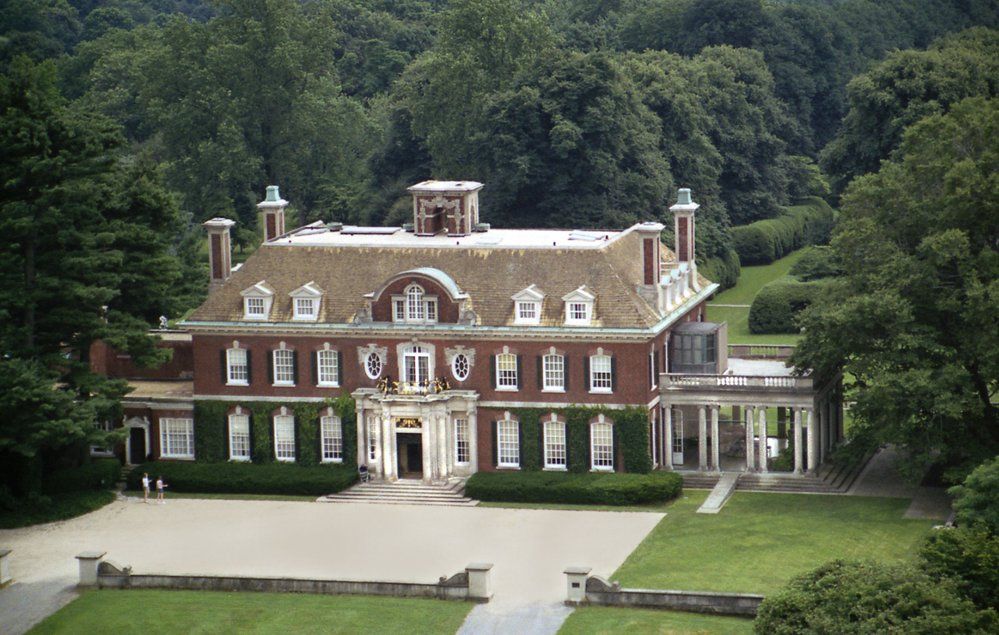
Check out more photos of the home below:
The two-story dollhouse Photo: Morgan Rothblat/Daniel Gale Sotheby’s International Realty
A living space Photo: Morgan Rothblat/Daniel Gale Sotheby’s International Realty
The kitchen Photo: Josh Goetz/Daniel Gale Sotheby’s International Realty
The outdoor pool Photo: Josh Goetz/Daniel Gale Sotheby’s International Realty
The spa Photo: Josh Goetz/Daniel Gale Sotheby’s International Realty
The spa Photo: Morgan Rothblat/Daniel Gale Sotheby’s International Realty
The private dock Photo: Josh Goetz/Daniel Gale Sotheby’s International Realty
Long Island and the Great Gatsby
Long Island.
Huge mansion, with more rooms than anywhere else in the US; shiny cars flying along country roads; chic, bejeweled ladies sipping champagne and gin from crystal glasses while sitting by the pool on a hot summer day are the pictures the imagination draws when one thinks of Scott Fitzgerald's classic novel The Great Gatsby.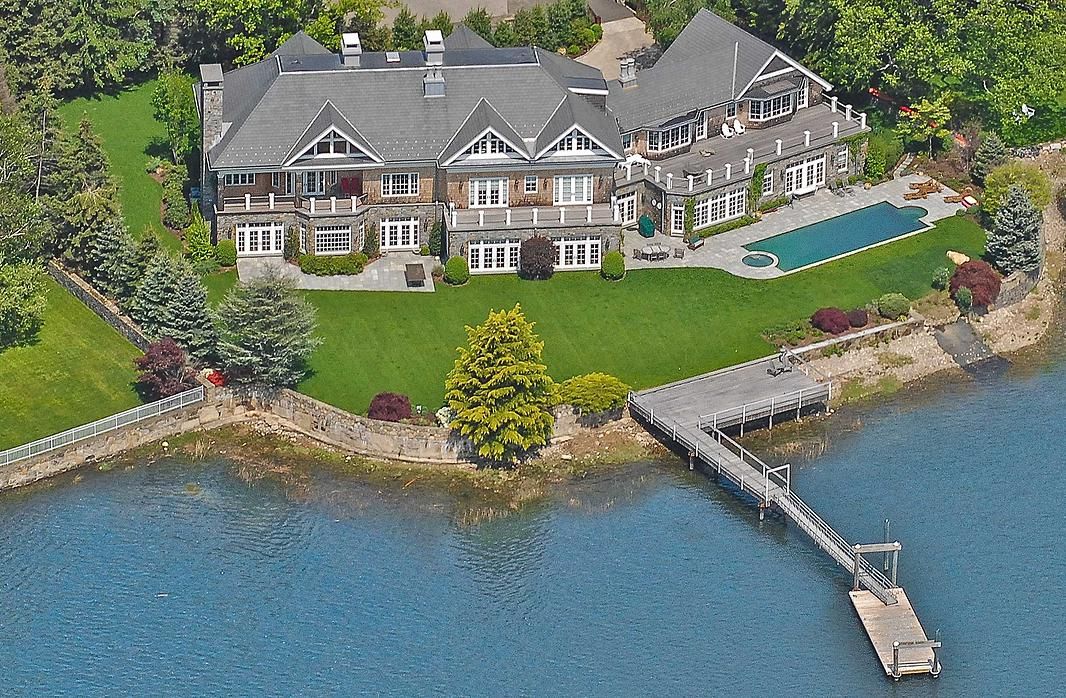 This book is one of the most beloved and popular in the pantheon of American literature.
This book is one of the most beloved and popular in the pantheon of American literature.
Published in 1925, the book chronicles the events of several Long Island New Yorkers in 1922, whose wealth kept them alive. In order to overcome their peculiar kind of boredom, these people came up with a cure - careful collecting of jewelry. While most people today use the word Gatsby to describe the dreamy and fantasy aesthetic of the 1920s, Fitzgerald's story literally cuts like a surgical knife into US life centuries ago to show an obsession with wealth, power, status and money. .
The Great Gatsby - this book is one of the most beloved and popular in the pantheon of American literature.
(Illustration source: irepeater.com)
Also, in between decades, much has happened that has changed the landscape that Fitzgerald so fondly described. There are still many places that evoke memories of a bygone era of Long Island's "golden beach" (as the wealthy north coast of the island, which lies east of New York City, was called).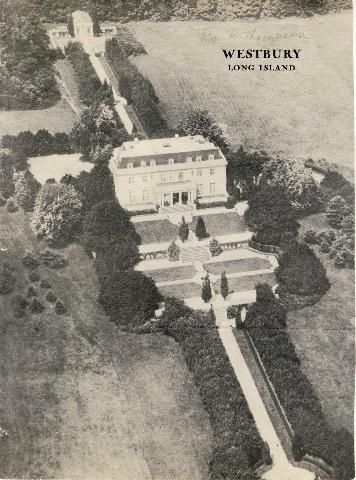
Fictional mansions
Fitzgerald set the events of his masterpiece in a fictional village near the bay, between the so-called West Aeg and East Aeg. The geographical location of the fictitious village coincides with the location of the real-life area between Great Neck (called West Egg in the book) and the Port of Washington (East Eg). These villages are consistent with the author's description of the twin peninsulas as "a pair of huge egg-shaped peninsulas" that "stand out a little ... to the sounds of a huge Long Island barnyard" located twenty miles from Manhattan.
It is impossible to say that there are authentic prototypes of the mansions of Jay Gatsby and Daisy Buchanan.
(Illustration source: www.labirint.ru)
Just because neither West Eg nor East Eg exist in reality, it is impossible to claim that there are authentic prototypes of the mansions of Jay Gatsby and Daisy Buchanan, two celebrities whose paths crossed, and who fell in love with each other on the pages of the novel. Many believe that the recently demolished estate on the edge of the island was the prototype for the "red and white St. George Colonial Mansion" that served as the home of Daisy and her hulking husband Tom. But unfortunately, this estate was destroyed in 2011 by all-consuming progress and other buildings appeared in its place. As for the Gatsby estate, in reality there was not a single building that fit its description, although several places available for visiting fit the description of the refined atmosphere of the habitat of the smuggler of the same name and his gilded brethren.
Many believe that the recently demolished estate on the edge of the island was the prototype for the "red and white St. George Colonial Mansion" that served as the home of Daisy and her hulking husband Tom. But unfortunately, this estate was destroyed in 2011 by all-consuming progress and other buildings appeared in its place. As for the Gatsby estate, in reality there was not a single building that fit its description, although several places available for visiting fit the description of the refined atmosphere of the habitat of the smuggler of the same name and his gilded brethren.
Long Island Social Life
One of the finest and best preserved mansions on the golden beach, open to the public, is the extraordinarily beautiful Westbury House, located in Westberg Gardens. A real highlight on Long Island, this estate was the home of Jay and Margaret Phipps, a wealthy industrialist, and his English wife in 1906 until the 1950s. The chic Charles II-style manor is furnished with European antiques from the family's collection and is set on over 200 acres of manicured land that includes ponds and walled gardens, a cottage garden with playhouses for children, a pleasure path, and a place called the "ghost walk".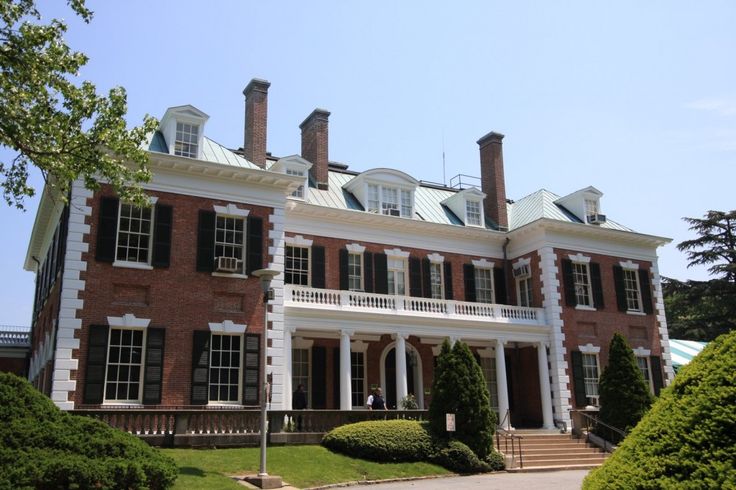 ".
".
One of the best and best preserved mansions on the golden beach, open to the public, is the extraordinarily beautiful Westbury House.
(Illustration source: blog.vtravelled.com)
Even though the property is located in old Westbury, ten miles from Port Washington and the Great Neck, the house is an outstanding example of the stunning decadence of Golden Beach, which was written about Fitzgerald. Movie buffs can recognize locations from various movies in the area - Love Story, North Northwest, Age of Innocence, and Wong Foo. Thank you for everything, Julie Newmar. Visitors should note that after the Christmas holidays, tours of the mansions cease and they reopen to the public in April.
Less famous and prominent, but still worth a visit, is the Hempstead House in the Sand Point Preserve near Port Washington. The massive building in the form of a castle in the early 20s served as the home of Daniel Guggenheim (brother of the famous contemporary art connoisseur Solomon Guggenheim).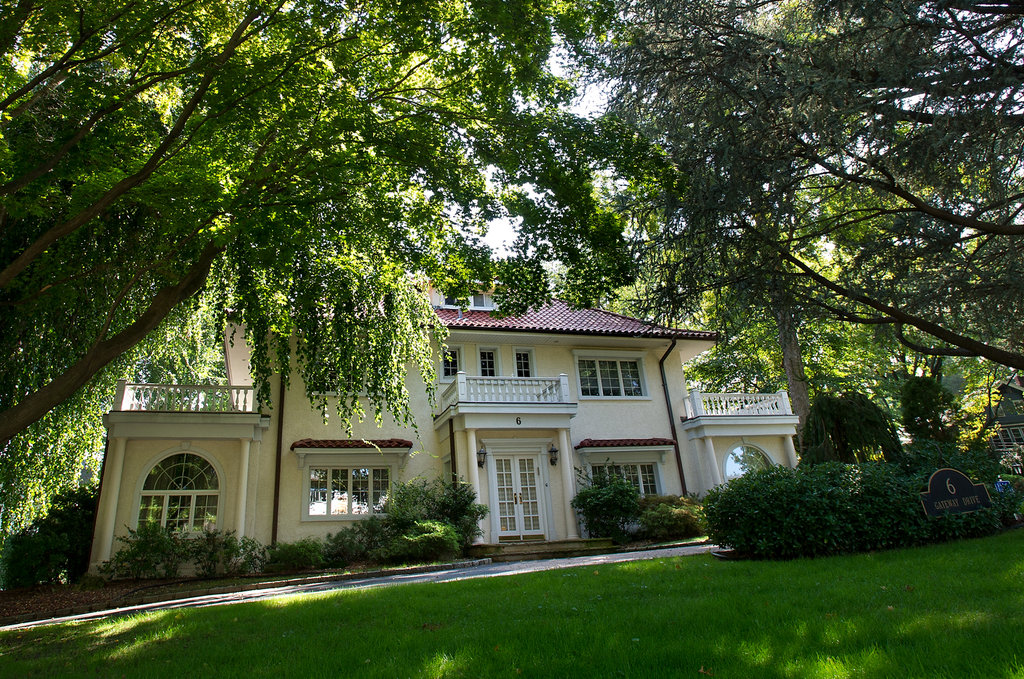 Despite its gothic overtones, the manor has a floating air as if the sound permeates it, making it vaguely similar to the place where Gatsby watched Daisy's Dock's shimmering green light while standing near the water.
Despite its gothic overtones, the manor has a floating air as if the sound permeates it, making it vaguely similar to the place where Gatsby watched Daisy's Dock's shimmering green light while standing near the water.
Less famous and prominent, but still worth a visit, is the Hempstead House in the Sand Point Preserve near Port Washington.
(Illustration source: blog.vtravelled.com)
Surrounded by trails and stunning views, Hampstead House is now part of a 216-acre nature reserve. During periods when the house is closed for visits, the surrounding nature can be a great place for hiking and picnics.
Taisiya Zimina
09/01/2021
Life in the style of the Great Gatsby The one that a fairly large part of the wealthy citizens live in, but which few people know about outside of New York. They do not live in skyscrapers in Manhattan, as many people think, but in private houses in the vicinity of the city: in New Jersey, Connecticut and, of course, on Long Island.
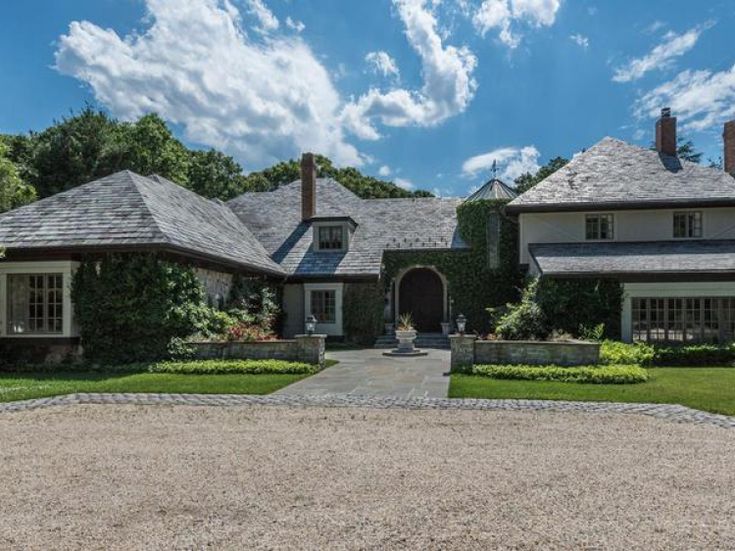 The most famous area of Long Island is the so-called "Gold Coast". Most people know this place from the novel by Francis Scott Fitzgerald "The Great Gatsby", or its film adaptation. The house I'm talking about is just an 8-minute drive from where, according to the book, Jay Gatsby's mansion was located. As you understand, in reality there was no such house there. The mansion that inspired Fitzgerald was called Beacon Towers. It belonged to the ex-wife of William Kissam Vanderbilt (who built the world's first highway) and was located in the town of Sands Point, which is located on the other side of the bay - where, according to the book, the Buchanan mansion stands. Beacon Towers has not survived to this day.
The most famous area of Long Island is the so-called "Gold Coast". Most people know this place from the novel by Francis Scott Fitzgerald "The Great Gatsby", or its film adaptation. The house I'm talking about is just an 8-minute drive from where, according to the book, Jay Gatsby's mansion was located. As you understand, in reality there was no such house there. The mansion that inspired Fitzgerald was called Beacon Towers. It belonged to the ex-wife of William Kissam Vanderbilt (who built the world's first highway) and was located in the town of Sands Point, which is located on the other side of the bay - where, according to the book, the Buchanan mansion stands. Beacon Towers has not survived to this day. Fitzgerald calls this area West Egg. It's actually called Kings Point and Great Neck. These places have changed significantly since then, but they have not ceased to be less prestigious because of this. If there is an analogue of Rublyovka in New York, then it will be the "Gold Coast" of Long Island.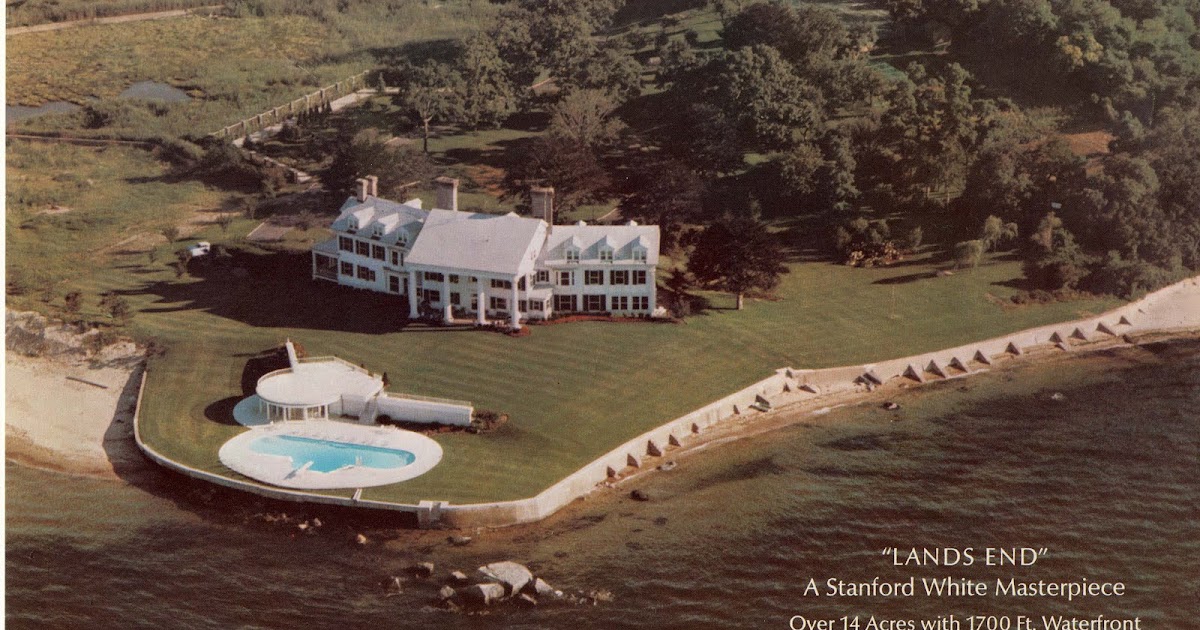 Quiet measured life, huge plots, luxurious houses, expensive cars, and the local shopping center consists of Prada, Gucci, Tiffany, Louis Vuitton, etc. Only here you can get into a traffic jam from expensive Mercedes, Porsche and Ferrari. In general, it is not at all like in Manhattan. And this is good.
Quiet measured life, huge plots, luxurious houses, expensive cars, and the local shopping center consists of Prada, Gucci, Tiffany, Louis Vuitton, etc. Only here you can get into a traffic jam from expensive Mercedes, Porsche and Ferrari. In general, it is not at all like in Manhattan. And this is good.
The difficulty is that it is quite difficult to see this life from the inside. The people here do not live at all from my circle of friends and do not like it very much when they climb into his life. And here Dima newyorkrealty comes to our aid, who once again helped with access to a place where it is impossible to get from the street. This time I was lucky to see a house in a place called Great Neck, which is located almost on the border of Queens and Nassau County (this is the name of this part of Long Island). The house was put up for sale, but at that time the one who rented it was still living in it. Therefore, it turned out to see not empty rooms, but a living house with furniture and other property.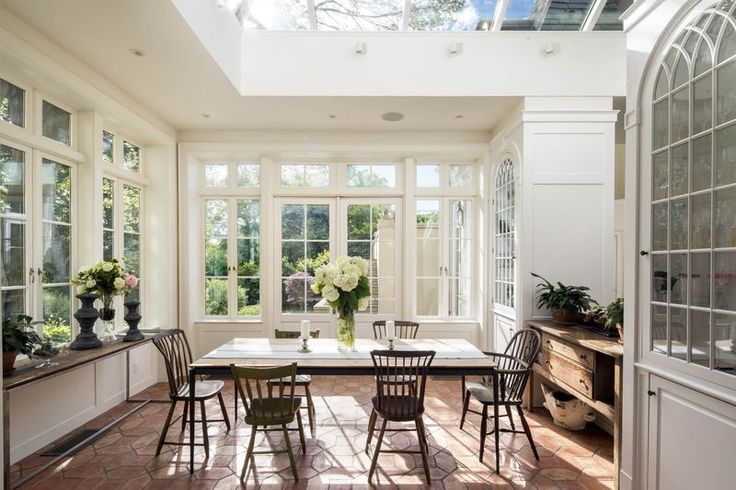
I'll answer right away about the cost. The house is being sold for $2,200,000. The number sounds big, but remember, this is New York. For this money, you can buy a big house in a good but most likely remote area of Brooklyn from Manhattan (with a small plot and neighbors on all sides) or a small apartment in Manhattan. In some parts of the island, a studio is offered for that kind of money.
The house is interesting in many respects. For example, it is brick. And not overlaid with brick, as happens in most cases, but built from it. He is also old - 1902 years of construction. Although for New York and the surrounding area this is not at all uncommon. It is also located in a very quiet place and stands in the middle of a large plot of 62 acres. Everything is relative though. For those places, the site, one might say, is very modest, but by Brooklyn standards it is an impossible luxury. Plus, it’s closer to Manhattan from there than from me (I live on the ocean in Brooklyn). Just 35 minutes on a comfortable train and you are in the center of Manhattan at Penn Station.
Just 35 minutes on a comfortable train and you are in the center of Manhattan at Penn Station.
Photo of the site. Neighbors can hardly be seen or heard. It is also landscaped, which in my opinion is always more interesting than flat space.
The architecture of the house is a bit strange, but after reading about its history, I understand why it is so. It was built in 1902 by Wilson Ehr, a Philadelphia architect who worked mainly on private commissions. But at the time of construction, it was not a dwelling, but a stable building on the estate owned by Lucille Alger and Louise Grace (daughter of New York Mayor William Grace). The ladies lived together and, as they say, were friends (then it was apparently called that). The main building of the estate has not survived to this day, and the stables were rebuilt into a residential building in 1948 year. On the territory of the estate, a farm was set up where livestock, poultry and pedigreed dogs were raised. One night on the farm, a large barn caught fire, where chickens, ducks and turkeys lived. After the fire was reported, numerous drunken guests in tuxedos and evening dresses who had come to Lucille and Louise's party that evening got into their cars and rushed to help extinguish the building. In the end, the birds were not saved, but the event deserved a separate article in the New York Times.
After the fire was reported, numerous drunken guests in tuxedos and evening dresses who had come to Lucille and Louise's party that evening got into their cars and rushed to help extinguish the building. In the end, the birds were not saved, but the event deserved a separate article in the New York Times.
I don't know what was there before, but the current tenant uses the "greenhouse" to dry clothes. A very unusual, I must say, picture.
Air conditioning units.
And here you can see that the house actually has not one floor, but two. On the second floor there are several bedrooms.
There is something similar to garden beds, but no one grows any potatoes there. Exclusively bushes and flowers.
The building has an unusual roof covered with natural slate tiles. I have never seen such a thing.
Here is another oddity of the house, inherited from the stables. To the left is the garage and to the right is the bedroom.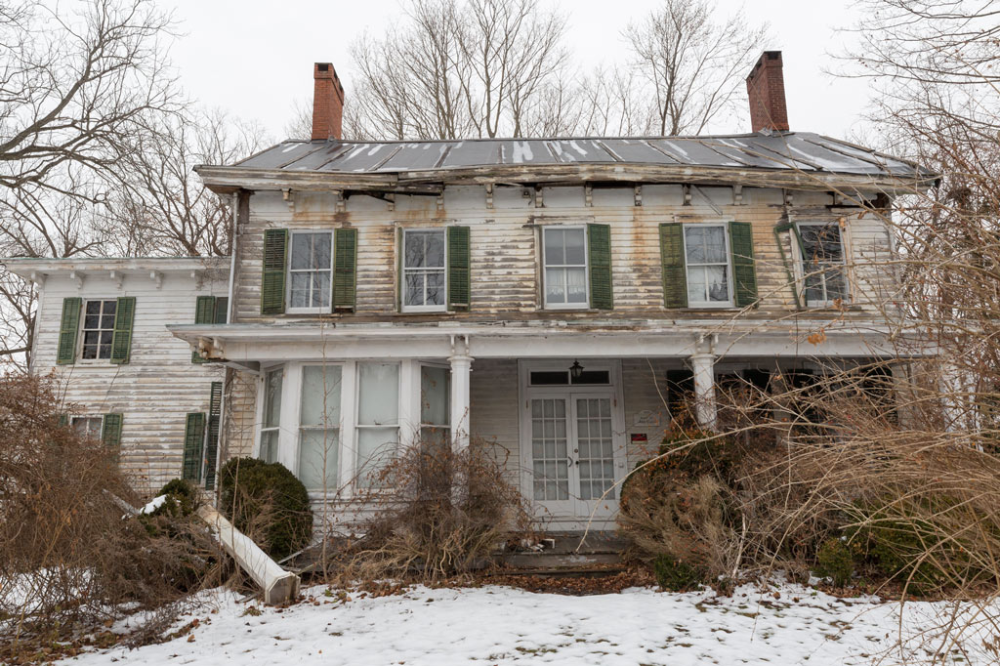 Between them there is a glazed veranda. Those. putting the car in the garage, you will get into the house only after passing through the bedroom. On the other hand, girls are convenient to drive if you are, for example, Barney Stinson who loves one-night stands.
Between them there is a glazed veranda. Those. putting the car in the garage, you will get into the house only after passing through the bedroom. On the other hand, girls are convenient to drive if you are, for example, Barney Stinson who loves one-night stands.
Another interesting point. There is a fence on the side of the road. They are allowed in this area. Their height and design are regulated, it is necessary to coordinate, etc., but it is possible to deliver. In neighboring areas, this cannot be done and the only option there is a hedge. Many, however, are saved by the size of the plots. They are so large that the houses are simply not visible.
This is a street :) I told you that the place is quiet.
View to the other side, where you can see the neighbor's house. The street is a dead end and cars rarely drive there. Across the road from the house is a semi-wild park area and there will never be anything residential there.
View from the street. You can turn your head on google maps.
You can turn your head on google maps.
And this is the entrance. And in those places, fences are rare, and gates are even more rare. Moreover, as you understand, far from the poor live around, but outwardly there are no barriers. As a rule, the only obstacle between you and someone's multi-million dollar mansion is the "Private Property. No Trespassing" sign. The crime rate in those areas is very low, and the police stations are more like cozy houses from advertising brochures. Heard about people who don't lock their houses, but I couldn't do that.
Nice sign with address and house number.
Well, let's go inside. House area 352 m2. Relative to many New York apartments, this is a lot. For many houses around, this is nothing at all.
Master bedroom. There are five of them in the house. I was only in this one, because the rest were not allowed. The door on the left leads to the veranda, from where you can get into the garage.
This is the room.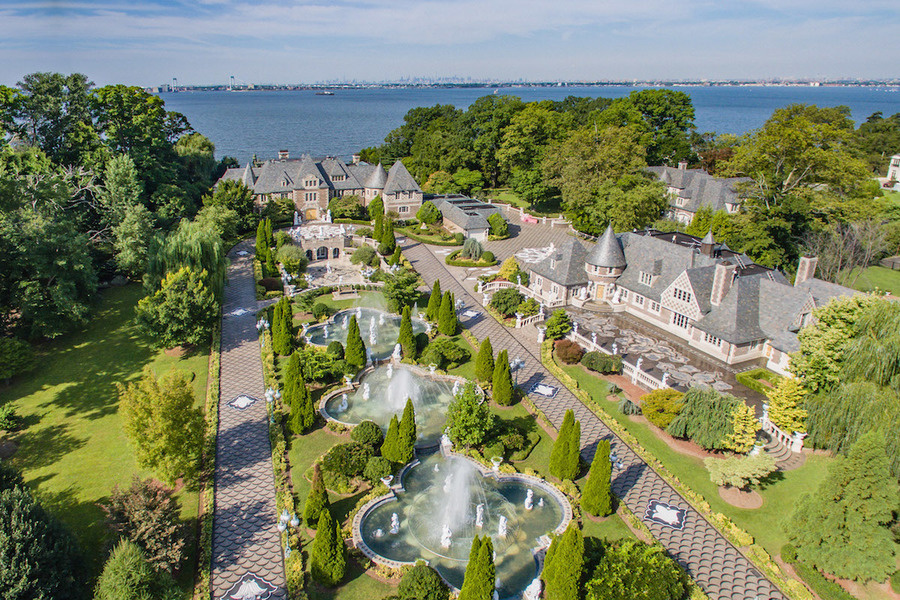 Bedroom on the left, garage on the right. But the current tenant does not go that route. Instead of a garage door, it has a bouncy view. Sitting and dreaming here, apparently.
Bedroom on the left, garage on the right. But the current tenant does not go that route. Instead of a garage door, it has a bouncy view. Sitting and dreaming here, apparently.
Moving on. A long corridor runs along the right wall, and various rooms are arranged to the left of it. There are no doors and partitions, and it turns out such an extended space divided into different zones. This one is for relaxation.
This is one of the bathrooms. There are three of them in the house.
This is very cool. Please note that there are no blinds or curtains on the window. There is simply no one to look into the windows.
The bathroom is the same story.
This is an office. The door leads to a greenhouse where clothes are dried.
This is another bathroom. For the first time I see a toilet decorated with something black (I believe that it is marble). But nothing looks. Even in the house there are no familiar horizontal blinds.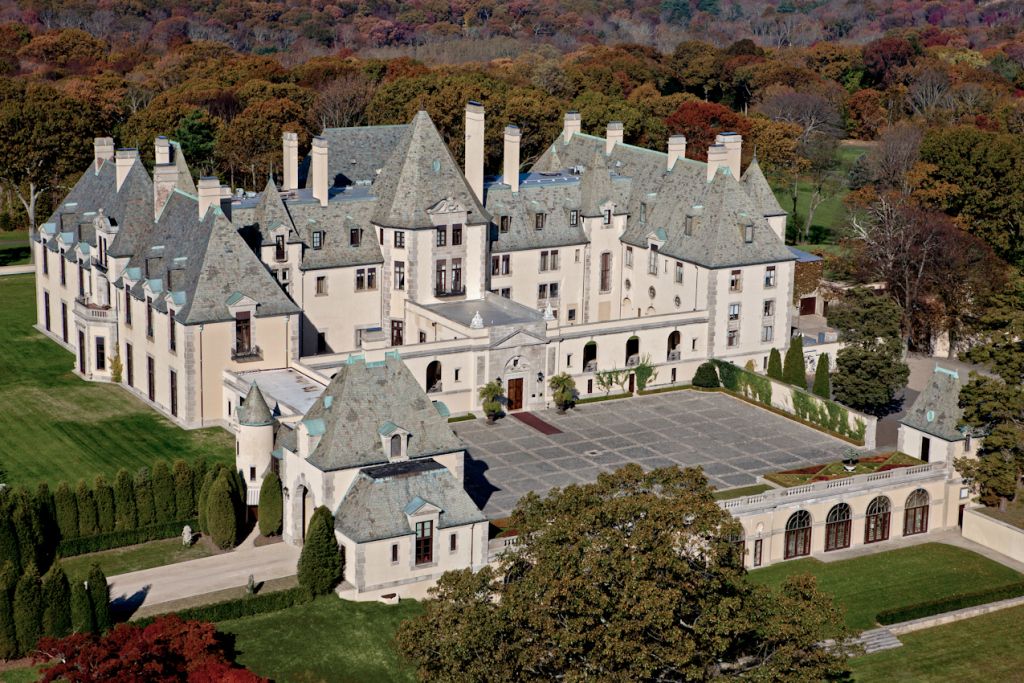 All windows have internal wooden shutters with adjustable slats.
All windows have internal wooden shutters with adjustable slats.
This is the kitchen.
Large room, which, perhaps, can be called a living room. Actually, it's a whole room. It was not possible to remove it entirely, because. it was crammed with the tenant's valuables, which he did not want to advertise. There is one of the fireplaces in the hall.
Adjoining dining room. Doors from it lead to the platform where the grill is installed. It is clear from the atmosphere who lives in the house.
Descent to the basement. A very important part of any home.
There is a utility room with a washing machine.
Individual fur store :)
And now about why people live in Brooklyn and not here. The main difference is property taxes. They are several times higher. The annual tax on this house and land is 37 893 dollars. It is paid to the budget of the district from which local infrastructure, transport, roads, police, schools, etc.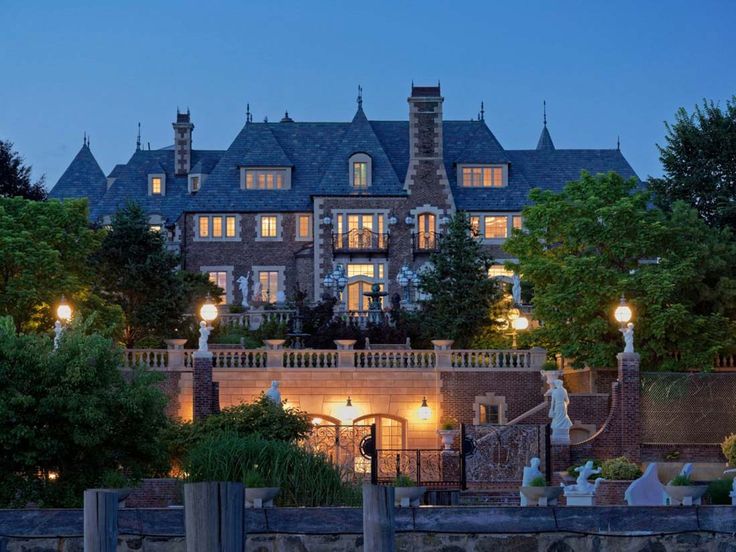 are financed. Therefore, in such areas, roads are better, crime is lower, and life is calmer. It's just the people who pay for it. Quite a large part of the taxes goes to the maintenance of local schools. Actually there is a simple rule: high property taxes = good schools. Great Neck has high taxes and excellent schools. For the sake of interest, I googled their budget. For the 2015-2016 academic year, it is $216 million. Of them 199 million formed from property taxes. There are 6 schools in total in the district and it is not surprising that most of them have a rating of 9 out of 10 possible. That is, free secondary education is not so free after all. In order for your children to go to a good school, you have to pay more taxes.
are financed. Therefore, in such areas, roads are better, crime is lower, and life is calmer. It's just the people who pay for it. Quite a large part of the taxes goes to the maintenance of local schools. Actually there is a simple rule: high property taxes = good schools. Great Neck has high taxes and excellent schools. For the sake of interest, I googled their budget. For the 2015-2016 academic year, it is $216 million. Of them 199 million formed from property taxes. There are 6 schools in total in the district and it is not surprising that most of them have a rating of 9 out of 10 possible. That is, free secondary education is not so free after all. In order for your children to go to a good school, you have to pay more taxes.
In addition to the tax, there are other expenses: water, sewerage, gas, garbage disposal, electricity, fuel for heating the house, lawn care and various green spaces. I don't know the number.
Finally, this is what the commuter train station looks like, from where the inhabitants of this area go to work in New York every morning.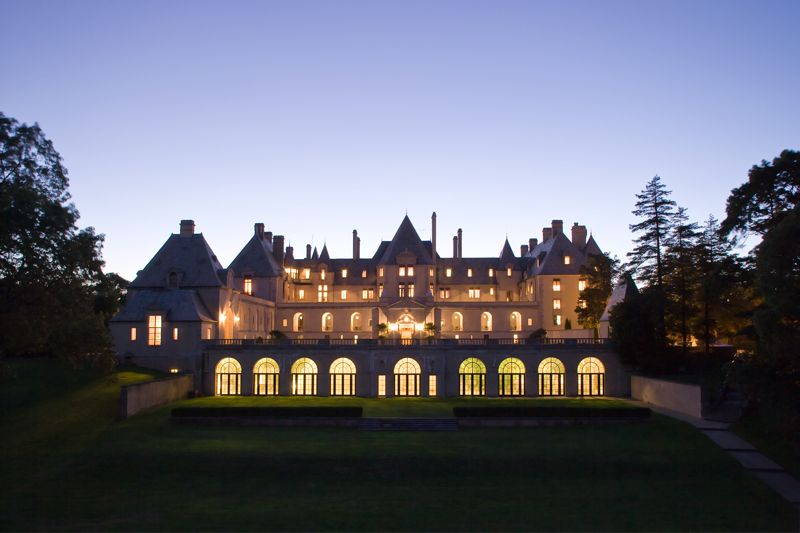
35 minutes drive from Manhattan. Electric trains run around the clock with an interval of 15 / 30 minutes (during rush hours / at other times). At night they go once an hour. A ticket to New York costs $11.50 / $8.25 respectively. You can buy a monthly pass for $252, then it will be even cheaper.
Bus to get to the station. Most, it seems to me, come there in their car, which they leave for the whole day in the parking lot at the station. To prevent people from leaving their cars on the surrounding streets, a system of permits has been introduced there. It is necessary to pay 210 dollars for 3 months and then it will be possible to park in specially designated places. The number of permissions is limited. The rest of the options are not many: either paid parking at the station, or a bus. There are paid places on the streets, but there is a limit of 4 hours. Those. just hitting the road to Manhattan and back will work, but leaving the car for the whole day is no longer possible.